Gangseo Myeonok (강서면옥)
528.8M 12935 2020-04-17
35, Sejong-daero 11-gil, Jung-gu, Seoul
+82-2-752-1945
Gangseo Myeonok has been famous for over fifty years, having been the food of choice served to visiting dignitaries from North Korea at the time of the South-North Red Cross Conference. The restaurant has succeeded in carrying on the tradition of Pyeongyang-style naengmyeon. The native buckwheat from Gangwon-do mixed with starch makes for fine noodles, and the wonderful broth is made from beef brisket with white radish kimchi.
Seomun Hoegwan(서문회관)
528.6M 24101 2021-03-18
47, Sejong-daero, 11-gil, Jung-gu, Seoul
+82-2-755-0897
A bulgogi specialty restaurant located near City Hall Station in Seoul. The most famous menu is Korean beef bulgogi. Experience bulgogi, a Korean traditional dish.
Libuk Sonmandu (리북손만두)
538.5M 17640 2019-08-28
17-13, Mugyo-ro, Jung-gu, Seoul
+82-2-776-7361
Libuk Sonmandu restaurant is located deep in the alleys behind Seoul City Hall in the Mugyo-dong area. It is famous for kimchimari bap and sonmandu (handmade dumplings). Kimchimaribap is rice in a soup of kimchi and ice cubes with various added flavorings that originated in North Korea. This is a refreshing dish for summer. Other items on the menu are bindaetteok (mung bean pancake) and mandu jeongol (dumpling hot pot).
Hotel The Plaza (플라자호텔)
539.3M 30772 2019-02-07
119, Sogong-ro, Jung-gu, Seoul
+82-2-771-2200
The hotel is ideally situated in the center of Seoul, located close to many office areas, major banks, the hotel, and the city's main public transportation junctions. Namdaemun Gate and many shopping areas are not too far, making it convenient for business guests and tourists alike. Also, the hotel faces the Blue House and the former City Hall building directly at closer distance, completing a spectacular view over Seoul.
Gwanghwamun Seokgalbi (광화문석갈비)
552.3M 189 2021-05-25
136, Sejong-daero, Jung-gu, Seoul
+82-2-318-6288
It is a restaurant frequently used as a place for group dinners by office workers. This restaurant's signature menu is grilled ribs on a hot plate. This Korean dishes restaurant is located in Jung-gu, Seoul.
Laderach SFC (레더라 SFC)
552.3M 69 2021-03-29
136, Sejong-daero, Jung-gu, Seoul
+82-2-3789-3245
It is a Swiss chocolate shop. The best menu at this restaurant is chocolate drink. This cafe is located in Jung-gu, Seoul.
Palacio Gyeonghuigung (경희궁)
554.3M 13583 2021-12-27
Saemunan-ro 45, Jongno-gu, Seúl.
+82-2-724-0274
Hacia finales de la época de Joseon, el palacio Gyeonghuigung fue considerado como un palacio secundario del monarca; y por su ubicación, hacia el oeste (seo, en coreano) de Seúl, en ocasiones fue nombrado como Seogwol (Palacio del Oeste).
El palacio secundario era el lugar en donde el rey se refugiaba en momentos de emergencia. Desde Injo a Cheoljong, aproximadamente 10 reyes de la dinastía Joseon pasaron algún momento de sus vidas en este palacio. Fue construido respetando el relieve de las montañas que lo rodeaban, por lo que posee una belleza tradicional en su arquitectura y un gran significado histórico. Hubo tiempos en los que tenía una dimensión enorme, por lo que se tuvo que levantar un puente con forma de arco para conectarlo con el palacio Deoksugung. Para la audiencia real, estaban los edificios Sungjeongjeon y Jajeongjeon; y como cuartos privados, los edificios Yungbokjeon y Hoesangjeon. Sumaban un total de aproximadamente 100 edificios de distinto tamaño dentro del palacio. Sin embargo, gran parte del palacio fue derrumbada y dañada por la invasión japonesa de 1908.
Hoy en día, la puerta principal del palacio, Heunghwamun, es utilizada como la puerta de acceso al Hotel Shilla.
Cerca del palacio Gyeonghuigung se encuentra el Museo de Historia de Seúl, la calle Jeongdong y la siempre abarrotada calle Jong-ro. Una vez que haya recorrido Gyeonghuigung, puede cruzar la calle Jeongdong y caminar hacia el palacio Deoksugung. El camino del muro de piedra del palacio Deoksugung está considerado como uno de los más elegantes de la ciudad.
Hyundai Kalguksu (현대칼국수)
563.6M 2963 2020-06-16
76, Sejong-daero, Jung-gu, Seoul
+82-2-752-9504
Hyundai Kalguksu is a kalguksu (handmade knife-cut noodles) restaurant that has been in the family for two generations (1982). The restaurant is extremely popular among people working at nearby businesses, thanks to the rich flavor of the broth. Anchovies, dried pollack heads, and kelp are simmered for many hours, and then, other ingredients are added: soft noodles and various vegetables including pumpkin, onion, and green onions. The restaurant is famous for the exquisite taste of its kalguksu, as well as for its large servings. Just one bowl is enough to satisfy a starving man, but if you are still hungry, don’t hesitate to ask for more rice or noodles for free. Another unforgettable specialty here is kimchi. You will also be able to enjoy geotjeori (freshly made kimchi) and kkakdugi (sliced white-radish kimchi), which is fermented for about three days.
Museo de Arte Ilmin (일민미술관)
581.7M 2715 2021-03-18
Sejong-daero 152, Jongno-gu, Seúl
Este museo está administrado por la Fundación Cultural Ilmin, y fue establecido en homenaje al maestro Kim Sang-man (fundador y presidente honorario del periódico The Dong-A Ilbo), quien se esforzó durante toda su vida para fomentar el desarrollo mediático y cultural.
Se encuentra ubicado en el interior del antiguo edificio del periódico The Dong-A Ilbo. Se inauguró como un centro cultural y en diciembre de 1996 bajo el nombre de Museo de Arte Ilmin. En 2001, se realizó una renovación, y en febrero de 2002, con la construcción de 2 grandes salas de exposición, tomó el aspecto actual.
El atrio del museo, que está diseñado con vidrios y acero, conecta la calle Gwanghwamun-ro con el interior del museo. Su elegancia contemporánea demuestra el desarrollo del lugar. Al mismo tiempo, es utilizado como el lugar en donde los visitantes reciben el servicio informático necesario para recorrer el museo con facilidad. En este lugar artístico podrá encontrar la Colección Ilmin, que tiene 430 piezas artísticas que corresponden a las épocas de Goryeo hasta la actualidad, 1.200 obras consignadas por el periódico, y 100 piezas de pintura contemporánea. La Colección Ilmin está compuesta por pinturas, piezas de cerámica, etc., recolectadas por el fundador, piezas que habían sido incorporados en los periódicos y revistas de la misma compañía.
Samseong Bbalgan Yangnyeom Sutbulgui (삼성 빨간양념 숯불구이)
592.8M 3721 2020-06-16
37, Namdaemun-ro 1-gil, Jung-gu, Seoul
+82-2-752-6449
Samseong Bbalgan Yangnyeomg has been famous for its charcoal-grilled dishes since 1972, and is especially well known for its spicy seasoning made from powdered red pepper, garlic, and ginger. Pork is mixed with the seasoning, giving it the characteristic red color and unique flavor, and then grilled over hot coals. This is the perfect restaurant for spicy food-lovers or those looking for a challenge.
Other dishes include jumulleok (marinated pork) and donggeurangttaeng (batter-fried meatballs). Jumulleok is made by seasoning fresh meat, whereas donggeurangttaeng is made by cutting the frozen meat into small pieces, and then marinating it. Older adults usually prefer jumulleok, while the young prefer donggeurangttaeng.

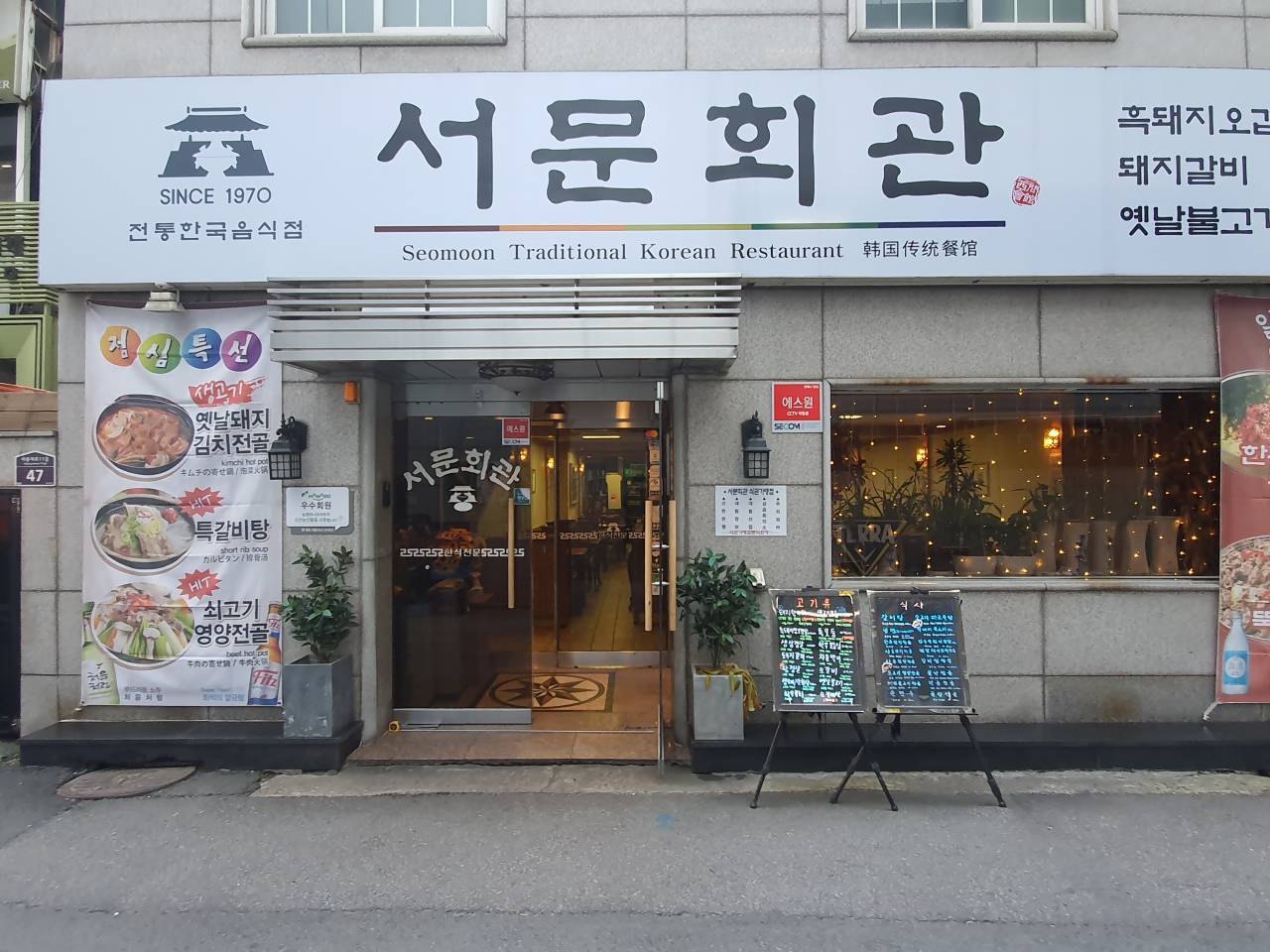
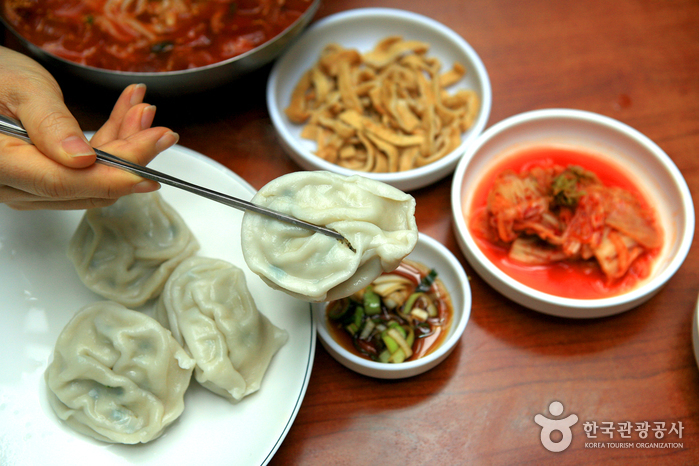
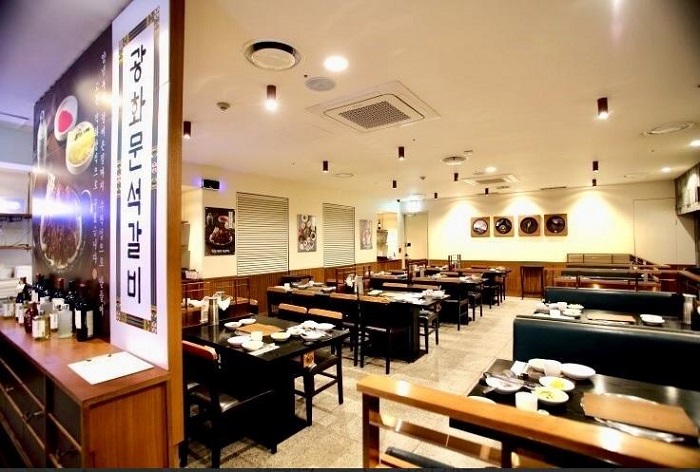
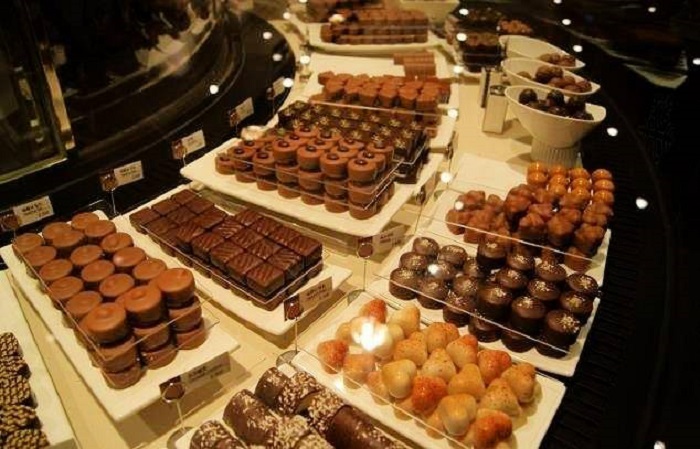
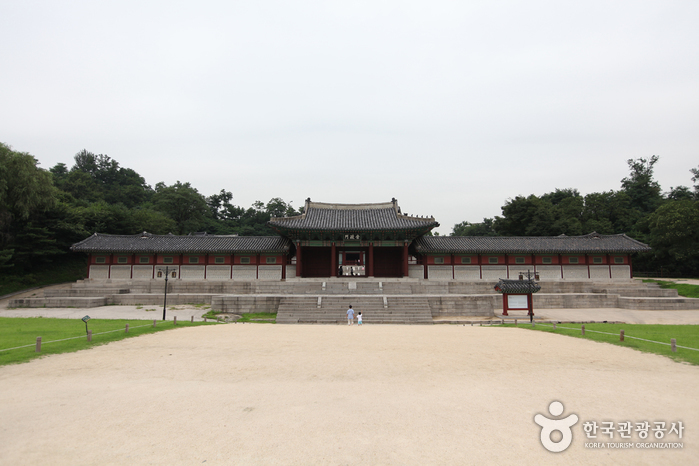
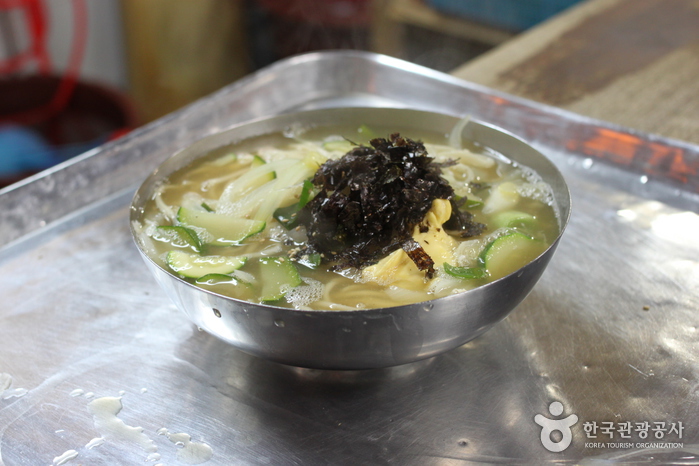
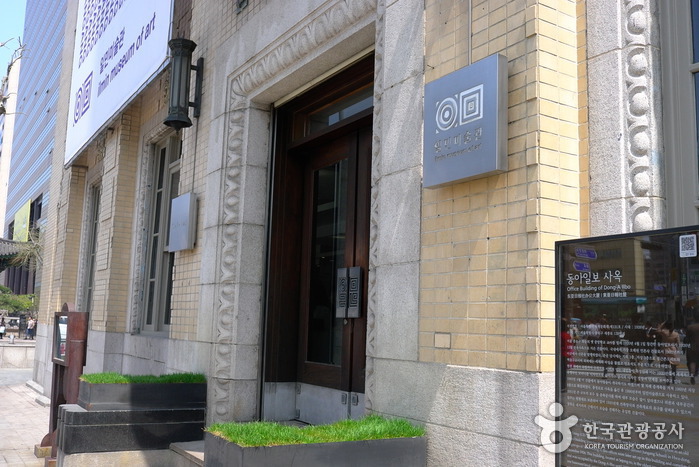
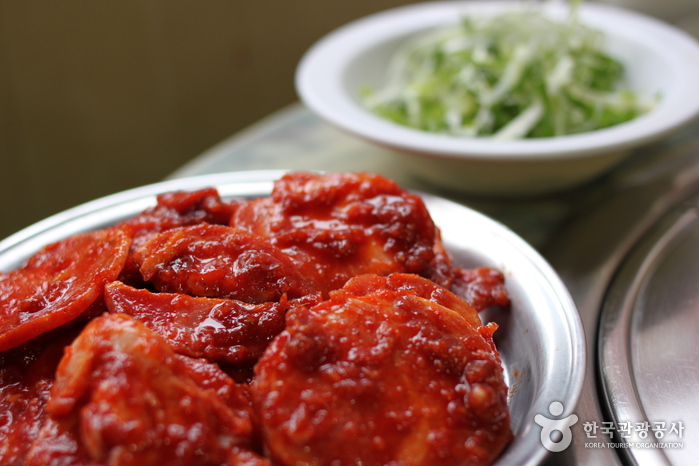
 Español
Español
 한국어
한국어 English
English 日本語
日本語 中文(简体)
中文(简体) Deutsch
Deutsch Français
Français Русский
Русский